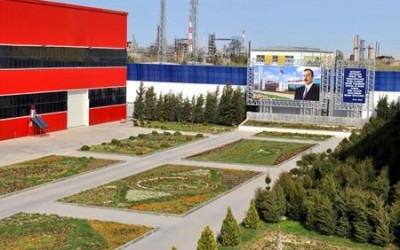Hot-dip galvanizing
Hot-dip galvanizing is the process of coating metal parts with a layer of zinc by immersing them in a molten zinc alloy. This method provides corrosion protection and enhances the durability of the metal. Here are several key aspects of hot-dip galvanizing:
-
Working Principle: In the hot-dip galvanizing process, metal parts are dipped into a molten zinc bath, where the zinc adheres to the surface of the metal, forming a uniform coating. After immersion, the parts are allowed to cool.
-
Corrosion Protection: The primary purpose of hot-dip galvanizing is to prevent corrosion of the metal. Zinc is highly resistant to oxidation and forms a protective layer on the metal&single_quot;s surface, preventing it from rusting or deteriorating.
-
Advantages: This method provides long-lasting corrosion protection, making it particularly valuable for outdoor or harsh environments where metals are exposed to moisture and corrosive elements.
-
Variety of Metals: Hot-dip galvanizing can be applied to various metal materials, including steel, iron, aluminum, brass, and more.
-
Industrial Applications: Hot-dip galvanizing is widely used in industries such as construction, automotive manufacturing, power generation, and others to protect metal components and structures.
-
Coating Thickness: The thickness of the zinc coating can be adjusted to meet specific requirements and can be regulated during the process.
Hot-dip galvanizing is an effective method for safeguarding metal parts and structures from corrosion, significantly extending their lifespan. This process ensures the reliability and durability of metal products, making it a popular choice in various industries.

